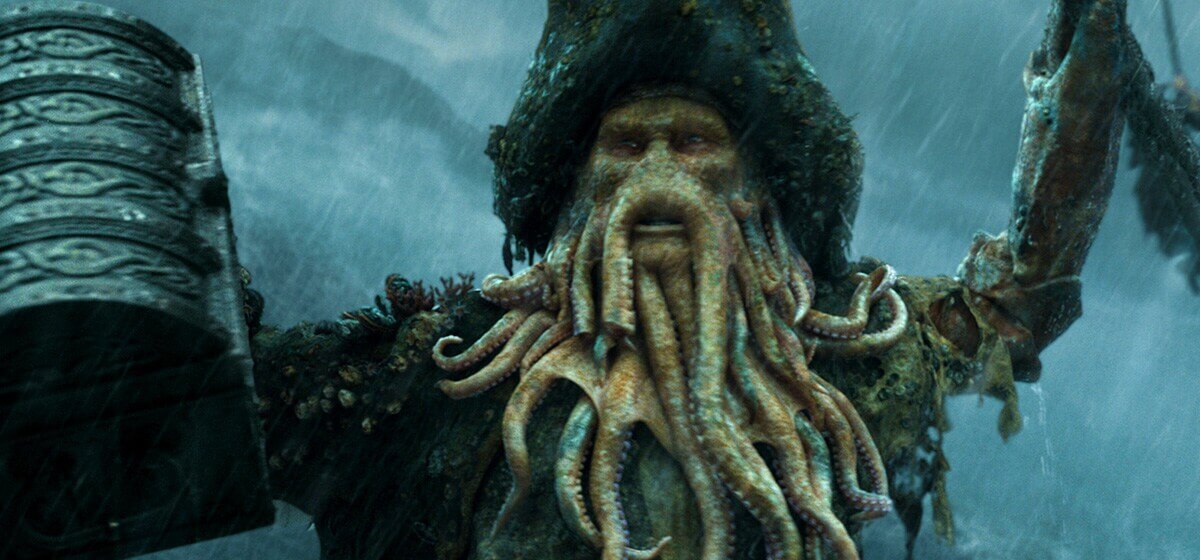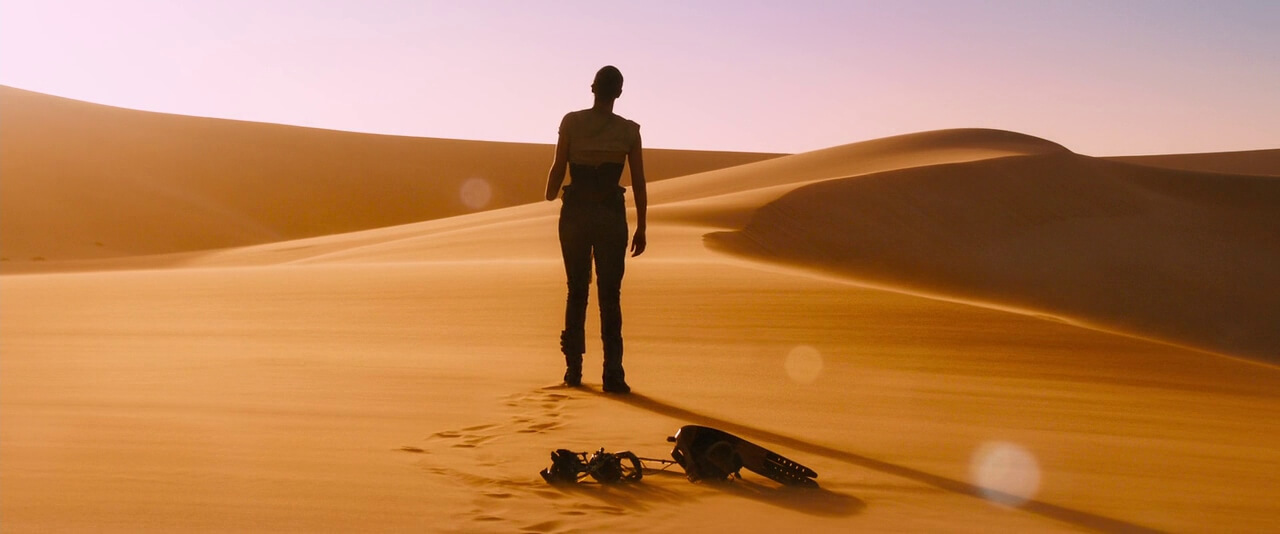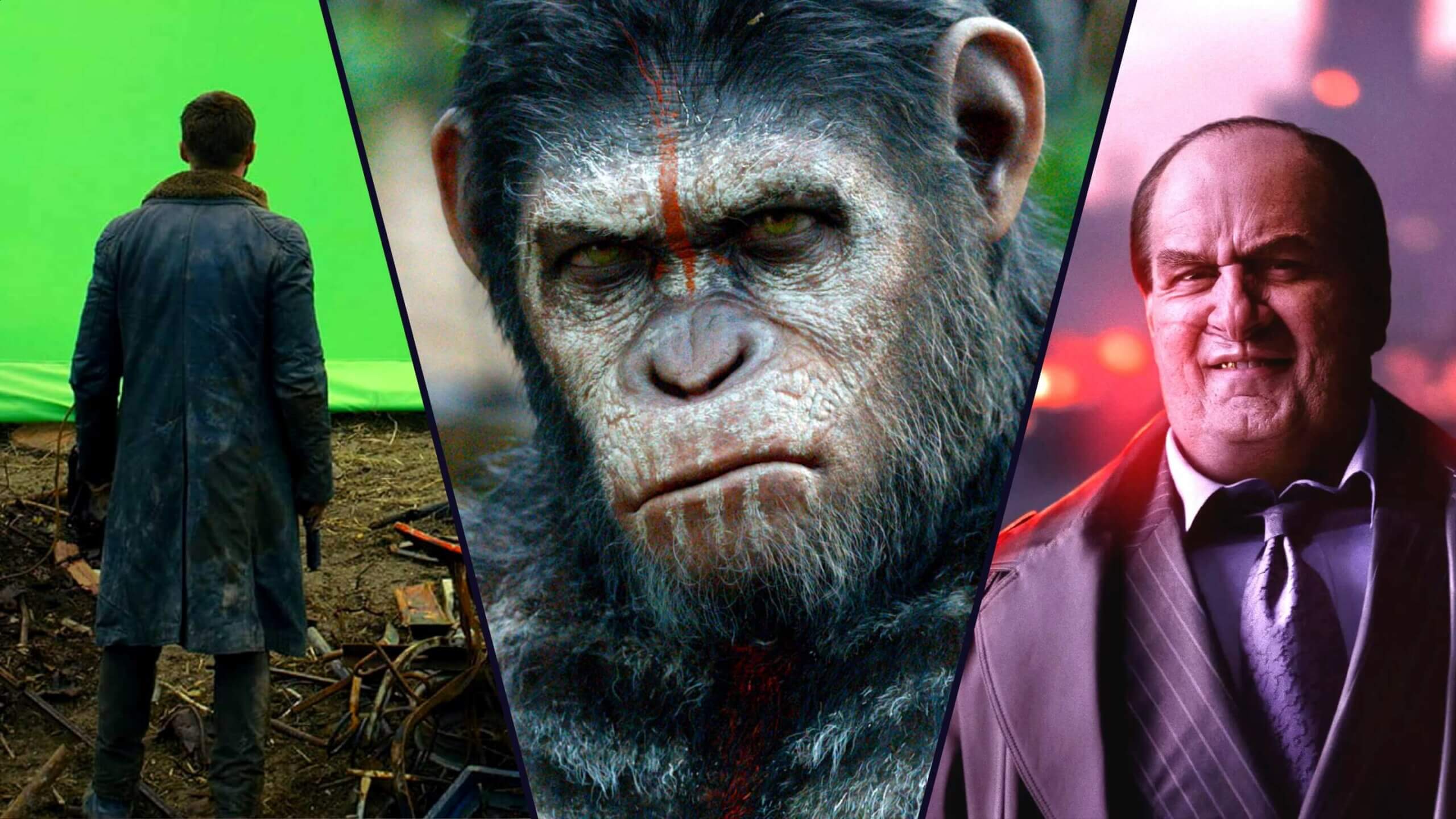If you’ve ever marveled at the breathtaking landscapes of Pandora in Avatar or the spellbinding battles in The Lord of the Rings, you’ve witnessed the magic of visual effects.
When looking into the nitty-gritty of how these famed visuals are created, filmmakers have utilized a combination of techniques such as CGI and VFX. But what’s the difference between the two?
Understanding VFX vs CGI
First, let’s define VFX vs. CGI
VFX and CGI have a specific purpose and use different techniques and approaches to create the magic we see on screen. Let's start by defining the terms.
VFX VS CGI DEFINITION
What is VFX?
VFX, or Visual Effects, refers to the process of integrating real footage with manipulated imagery to create environments which look realistic but would be dangerous, expensive, impractical, or impossible to capture on film. VFX is not just limited to the realms of CGI; it also encompasses the integration of live-action footage with practical effects (SFX) and digital enhancements.
Movies like Inception, with its folding cities, and Gravity, with its hauntingly beautiful yet terrifying space vistas, showcase the power of VFX.
What is CGI?
CGI is the process of creating photorealistic or stylized images with computer software. CGI can create entire landscapes, animate characters that don't exist in the real world, and even age actors or bring them back from the past.
The creation of CGI involves 3D modeling, texturing, rigging, and animation - a suite of techniques that require both artistic vision and technical prowess.
A simple way to understand the difference is by looking at it as a subset relationship; VFX is the parent category that includes CGI and SFX. While VFX encompasses all visual manipulation, CGI specifically refers to computer-generated imagery.
VFX vs CGI Differences
Comparing VFX and CGI
While CGI and VFX both play pivotal roles in the creation of breathtaking cinematic experiences, understanding their differences is key to appreciating the intricacies of film production.
Application in Film
CGI primarily involves the creation of digital elements and is used to visualize scenes and characters that would be challenging or impossible to produce physically.
VFX, on the other hand, encompasses a broader range of techniques, including CGI, to integrate these digital creations into live-action footage, enhancing or modifying the reality of the scenes.
Processes and Techniques
The process of creating CGI is heavily rooted in digital artistry. The process involves several stages such as modeling, texturing, and animation. VFX involves additional steps, such as compositing, where digital and live elements are combined, and matte painting, where digital or painted backdrops are merged with live-action footage.
Creating Gollum
Impact on Storytelling
CGI allows filmmakers to bring fantasy to life, offering limitless possibilities in storytelling. It gives visual storytellers the ability to create elements and characters that do not exist in the real world. VFX ensures that these elements coexist believably with the live-action components, thus maintaining the suspension of disbelief crucial to the viewer's immersion.

Pirates of the Caribbean: Dead Man’s Chest
Understanding these differences highlights the collaborative effort between artists and technicians in pushing the boundaries of what is possible in cinema.
SFX vs VFX vs CGI
The Role of SFX in the Mix
Often confused with VFX, SFX refers to Special Effects, which are practical effects performed on set, including mechanical effects, makeup effects, and controlled explosions. While VFX is predominantly digital, SFX is all about achieving realism through physical means.
SFX has resulted in the transformation of actors into fantastical creatures using makeup in Pan’s Labyrinth. The explosive action sequences in Mad Max: Fury Road are brilliant examples of in-camera SFX.

Mad Max: Fury Road
SFX brings an invaluable sense of tangibility and immediacy that sometimes can't be matched by digital effects alone. The tactile nature of practical effects, combined with the seamless integration of VFX and CGI, creates a more believable and engaging viewer experience.
Films like Christopher Nolan’s Interstellar and J.J. Abrams' Star Wars: The Force Awakens have been lauded for their mix of practical and digital effects, proving that SFX still holds a pivotal place in the filmmaker's toolkit.
Related Posts
Difference Between CGI and VFX
Case Studies
Countless films have relied on the magic of VFX and CGI to create unforgettable cinematic moments. With advances in technology, filmmakers are pushing the boundaries further with each passing year. Some classics stand the test of time, while others break new ground and inspire future generations of filmmakers. Here are a few case studies that exemplify the power of visual effects in storytelling:
Star Wars: A New Hope
When George Lucas released Star Wars: A New Hope in 1977, it represented a groundbreaking leap in visual effects. The film's impressive use of miniatures and practical effects to bring its fantastical world to life set the standard for generations of filmmakers to come.
The Making of Star Wars: Pioneering Special Effects & VFX • Subscribe here
The pioneering use of VFX, such as motion control, revolutionized the process of integrating live-action elements with miniatures, creating a seamless cinematic experience.
Avatar & Avatar 2
Avatar, the highest-grossing film of all time, and its sequel, Avatar 2, both rely heavily on digital effects to bring James Cameron's vision of Pandora to life. The film's success is a testament to how VFX and mo-cap technology can transport viewers to new worlds and create immersive cinematic experiences that were previously unimaginable.
Avatar & Avatar 2 Behind the Scenes • Subscribe here
Oppenheimer
The biographical drama Oppenheimer by Christopher Nolan is a visual effects spectacle pushing the boundaries of cinema. Nolan is known for his grounded visual effects that blend practical effects and VFX in a way that has become synonymous with his filmmaking style. With its focus on the development of nuclear weapons during World War II, the film incorporates a mix of practical and digital effects to bring this pivotal moment in history to life.
How Christopher Nolan Made Oppenheimer • Subscribe here
As we venture further into the 21st century, the lines between CGI, VFX, and SFX continue to blur, with filmmakers seeking the perfect balance to tell their stories most effectively. Industry professionals understand the strengths and limitations of each technique, opting for a synergistic approach that leverages the best of all worlds.
The future of visual effects in cinema lies not in choosing one method over the other but mastering the art of seamlessly blending these techniques.
Up Next
VFX Compositing Techniques Explained
As we gain more understanding of specialized processes within VFX, compositing emerges as a fundamental skill that bridges the gap between practical on-set effects and the digital enhancements that bring cinematic worlds to life. For a deeper dive into compositing and its impact on filmmaking, check out our next article.
Up Next: Compositing Explained →
Share your vision with elegant shot lists and storyboards.
Create robust and customizable shot lists. Upload images to make storyboards and slideshows.
